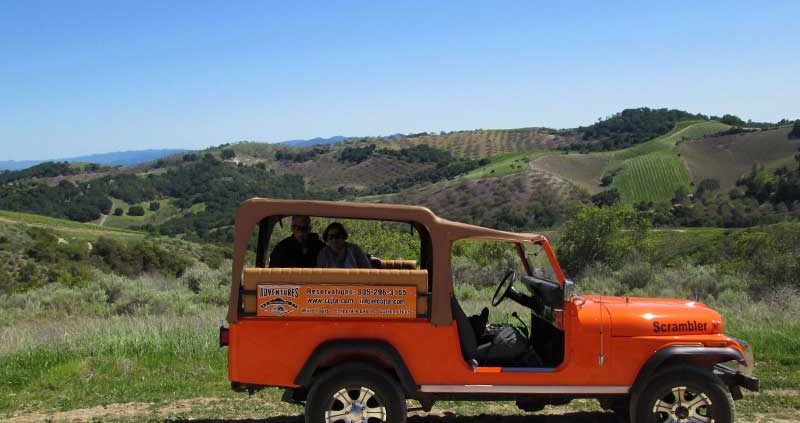Paso Robles Wine Regions
The Paso Robles Wine Country is a large and diverse region. The designated AVA (American Viticultural Area) covers 614,000 acres with close to 40,000 of those in vineyards. It produces a large number of varietals. While the first vines planted in the area in the late 1700’s were Zinfandel, the most common now are Cabernet Sauvignon. In fact, red varietals currently make up over 80% of the area’s vines.
The explosive growth of vineyards and wineries in the area led to the establishment of 11 distinct AVAs in 2014. These were identified and defined by their differences in annual rainfall, elevation range, soil type and temperature range.
With over 200 wineries in the larger Paso Robles AVA, knowing which sub-AVA a winery is located in can give an indication of what varietals they grow. But wineries often buy grapes from growers in other AVAs or even plant their own vines elsewhere.
Categorizing the sub AVAs into more general listing can be helpful in determining which varietals are more likely to be grown there.
The western hills of the Santa Lucia Mountains include the Adelaida, Paso Robles Willow Creek, Templeton Gap, and Santa Margarita Ranch Districts. With up to 2400 feet of elevation, annual rainfall of up to 30 inches and calcareous and alluvial soils, this area is great for Rhone varietals.
The inland valleys east of Highway 101 include the San Miguel, Paso Robles Estrella, Paso Robles Geneseo, and El Pomar Districts. The alluvial, clay and loamy soils, lower elevations (700-1600 feet) and lower rainfall make for great Italian and Spanish varietals, as well as Cabernet Sauvignons and blends.
The far eastern inland hills contain the San Juan Creek, Creston and Paso Robles Highlands Districts. At about 1600 feet of elevation these areas have the least amount of rainfall and the biggest diurnal temperature shifts (50+ degrees). These areas are becoming known for Portuguese and Spanish varietals.
While knowing the general characteristics of each area can be helpful, visiting the wineries themselves and tasting their offerings is still the best way to find your favorite new wine.





